When it comes to pasta, the sauce can make or break the dish. From the bold bite of arrabbiata to the creamy comfort of Alfredo, knowing which sauce to pair with your pasta is a game-changer. We’ll explore many of the classics and uncover what makes each one perfect for your next meal.
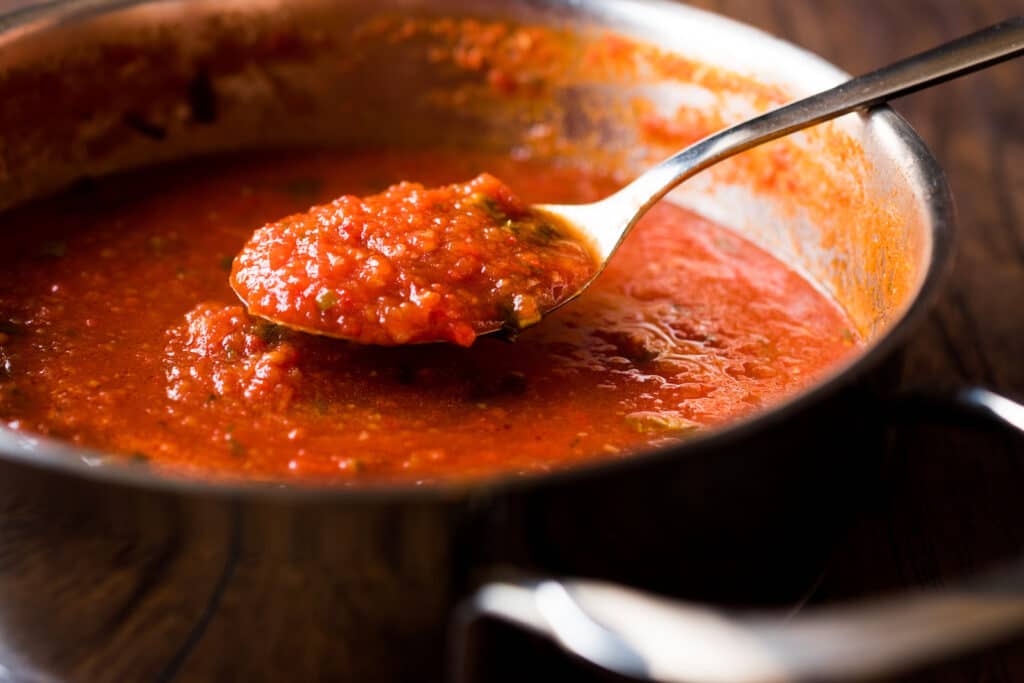
Tomato-based sauces
These sauces are the backbone of Italian cuisine, offering a range of flavors from sweet and tangy to rich and robust. They’re versatile, pairing well with everything from simple pastas to hearty meat dishes. From the classic comfort of Grandma’s marinara to the fiery punch of arrabbiata, these are the sauces that evoke a quintessential Italian flavor.
Marinara
A staple of southern Italy, marinara is a simple yet flavorful sauce made from tomatoes, garlic, olive oil and fresh herbs. Traditionally simmered for just a short time, it’s a bright and fresh sauce that’s perfect for spaghetti, pizza or as a base for meatballs.
Pomodoro
The literal meaning of “pomodoro,” a classic sauce that hails from Naples, is golden apple in Italian. It’s similar to marinara but smoother and often finished with fresh basil. This sauce is ideal for dishes where you want the tomatoes to shine, like penne, linguine or a fresh Margherita pizza.
Arrabbiata
Fans of spice will love this fiery sauce originating from Rome. Made with tomatoes, garlic, olive oil and red chili peppers, it delivers a bold kick that pairs perfectly with penne or rigatoni and, oftentimes, a meat-like sausage. The name “arrabbiata” itself means angry in Italian, a nod to the heat of this sauce.
“My favorite pasta sauce is a marinara, as it’s so simple and easy to make and goes so well with so many other dishes from meatball sandwiches to over-baked potatoes with veggies. I love that you can add just a few ingredients to make it into a different sauce for a different purpose, too, like heavy cream for a rose sauce. It’s my go-to all year long, with fresh tomatoes from my garden in the summer and canned diced tomatoes for the rest of the year.”
— Michelle Price, Honest and Truly
Cream-based sauces
When you’re in the mood for something rich, creamy and undeniably indulgent, Italian cream-based sauces are the way to go. These sauces turn pasta into a decadent experience with major comfort food vibes.
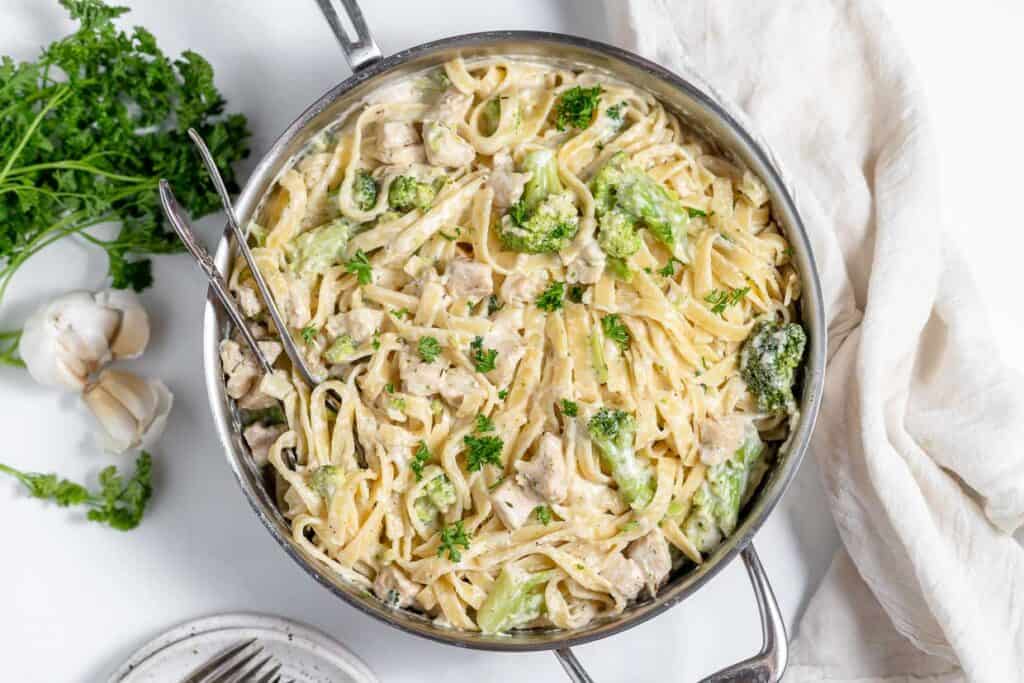
Alfredo
Alfredo is the epitome of creamy goodness, originating in Rome but becoming a beloved favorite across the world. Made with cream, butter and Parmesan cheese, it’s a rich and velvety sauce that clings perfectly to fettuccine. Despite the saying that you shouldn’t pair fish and cheese, Alfredo pairs beautifully with chicken and shrimp.
Carbonara
Carbonara is a Roman classic with a reputation for delivering big flavor with just a few ingredients. Traditionally made with egg yolks, pecorino romano, guanciale and black pepper, this sauce is creamy without relying on cream. It’s best served with spaghetti or bucatini for a dish that’s both comforting and satisfying.
Béchamel
Béchamel, also known as white sauce, is a French import that has found a home in Italian cooking. Made from butter, flour and milk, it’s a versatile base that can be enriched with cheese or spices like nutmeg. This sauce is essential to many classic dishes like lasagna — depending on whose recipe you follow — and baked pasta, adding a smooth and creamy layer to every bite.
Pesto and herb-based sauces
If you’re looking to brighten up your pasta with fresh, vibrant flavors, pesto and herb-based sauces are where it’s at. These sauces bring the garden to your plate, offering a punch of color and a burst of bold, aromatic tastes.
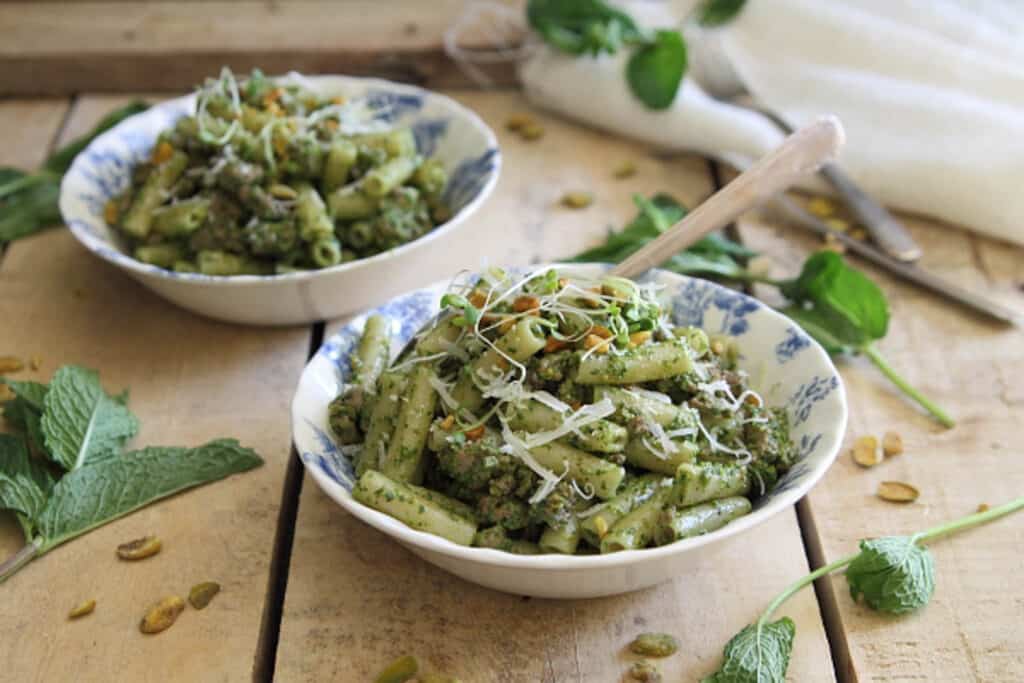
Pesto Genovese
Pesto Genovese is the green gold of Liguria, made with fresh basil, pine nuts, garlic, Parmesan and olive oil. This uncooked sauce is full of bright, herbal flavors that pair perfectly with any pasta shape. It’s also versatile enough to use as a spread on sandwiches or a topping for grilled veggies and meats. There are endless variations on this classic pesto recipe that exchange basil for almost leafy green and vegetable you can think of. Zucchini pesto is a seasonal favorite that’s perfect for using up an abundance of summer zucchini.
Pesto rosso
A twist on the classic, pesto rosso hails from Sicily and swaps out the basil for sun-dried tomatoes. Combined with almonds, garlic and olive oil, it delivers a slightly sweeter, richer flavor. This red pesto is excellent with fusilli or penne and adds a unique depth to grilled meats or roasted vegetables.
Meat-based sauces
When you want your pasta to pack a hearty punch, meat-based sauces are the go-to choice. These sauces are rich, savory and satisfying, turning a simple pasta dish into a meal that sticks to your ribs.
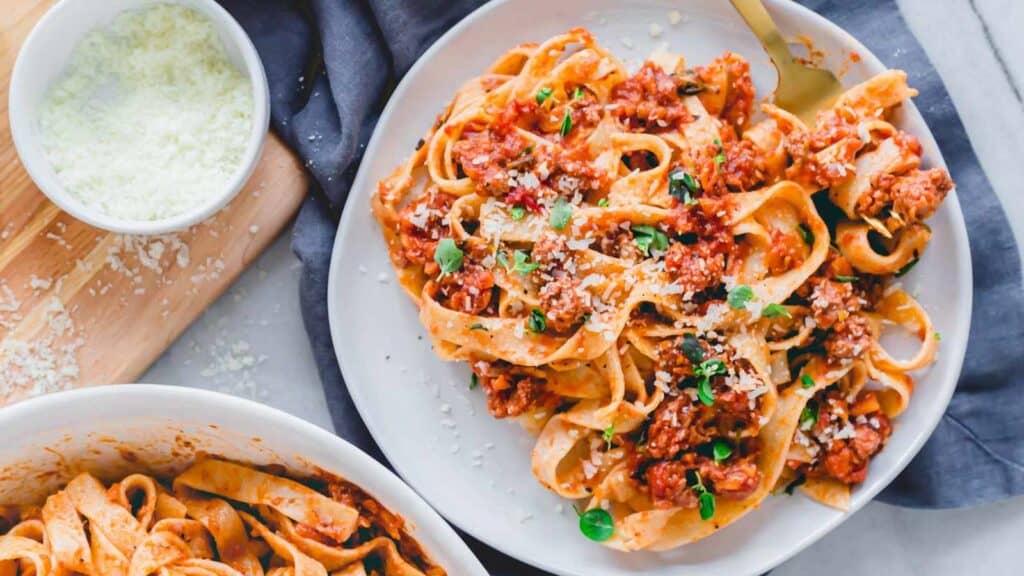
Bolognese
Bolognese is the heavyweight champion of meat sauces, originating from Bologna and known for its slow-cooked richness. This sauce, made with ground beef, pork, tomatoes and a splash of wine, is simmered for hours to develop deep, complex flavors. Traditionally served with tagliatelle or layered in lasagna, Bolognese is the definition of comfort food.
Amatriciana
Hailing from the town of Amatrice, Amatriciana is a Roman classic that combines simplicity with bold taste. Made with cured pork cheek — also called “guanciale” — tomatoes and pecorino romano, this sauce is both salty and tangy with a hint of smokiness. It’s typically paired with bucatini or spaghetti.
Puttanesca
Puttanesca is the rebel of the pasta sauce world, offering a bold and briny flavor that’s hard to resist. This southern Italian sauce is made with tomatoes, olives, capers, garlic and anchovies that create a savory and slightly salty kick. Best served with spaghetti, puttanesca is a quick, no-fuss sauce.
Oil-based sauces
Oil-based sauces are all about simplicity and letting a few high-quality ingredients shine. These sauces don’t rely on heavy creams or tomatoes but instead use olive oil as the base, creating light yet flavorful dishes.
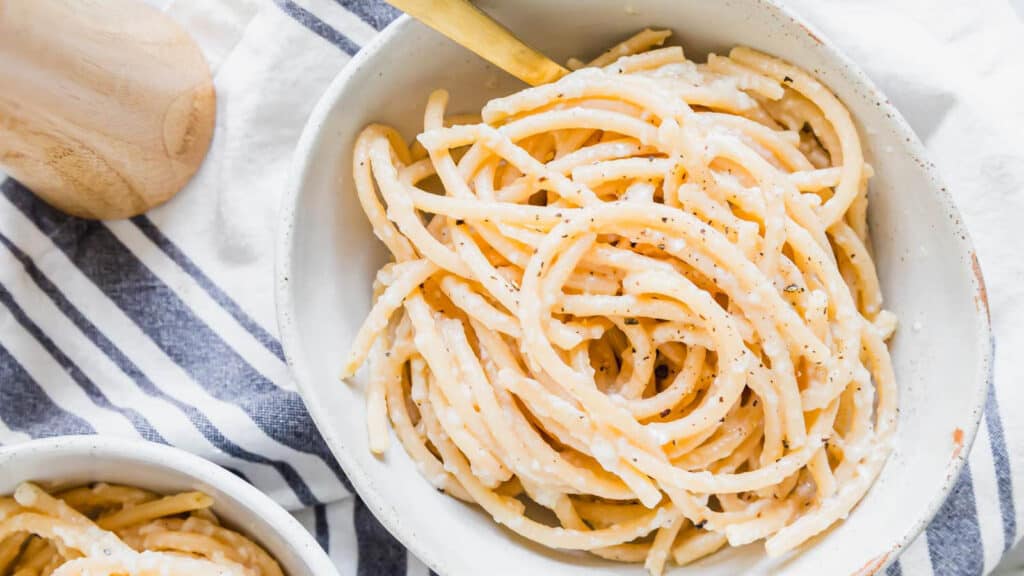
Aglio e olio
For anyone who appreciates simplicity with a kick, aglio e olio is a Neapolitan staple that proves less is more. Made with just garlic, olive oil and red pepper flakes, it’s a quick, no-nonsense sauce that brings out the best in your pasta.
Cacio e pepe
Cacio e pepe is the quintessential Roman sauce, known for its minimalist and economical approach that delivers big on flavor. Made with just pecorino romano cheese, black pepper and starchy pasta water, this sauce creates a creamy, peppery coating that clings to every strand of pasta. Best served with tonnarelli or spaghetti, it’s a simple five-ingredient dish that’s all about the balance of cheese and pepper.
Pasta night just got a whole lot better
Choosing the right sauce can transform a simple pasta dish into something extraordinary. From the rich and comforting to the fresh and zesty, each sauce brings its own unique flair to the table. Whether you’re in the mood for a classic like marinara or something more adventurous like puttanesca, the key is knowing how to pair them with your favorite pasta.
Gina Matsoukas is the writer, photographer and recipe creator of Running to the Kitchen. Focusing on healthy, seasonal, whole-food recipes, her work has been featured in various online and print publications including Food Network, Prevention Magazine and Women’s Health. Gina lives in central New York, where she enjoys an active outdoor life.